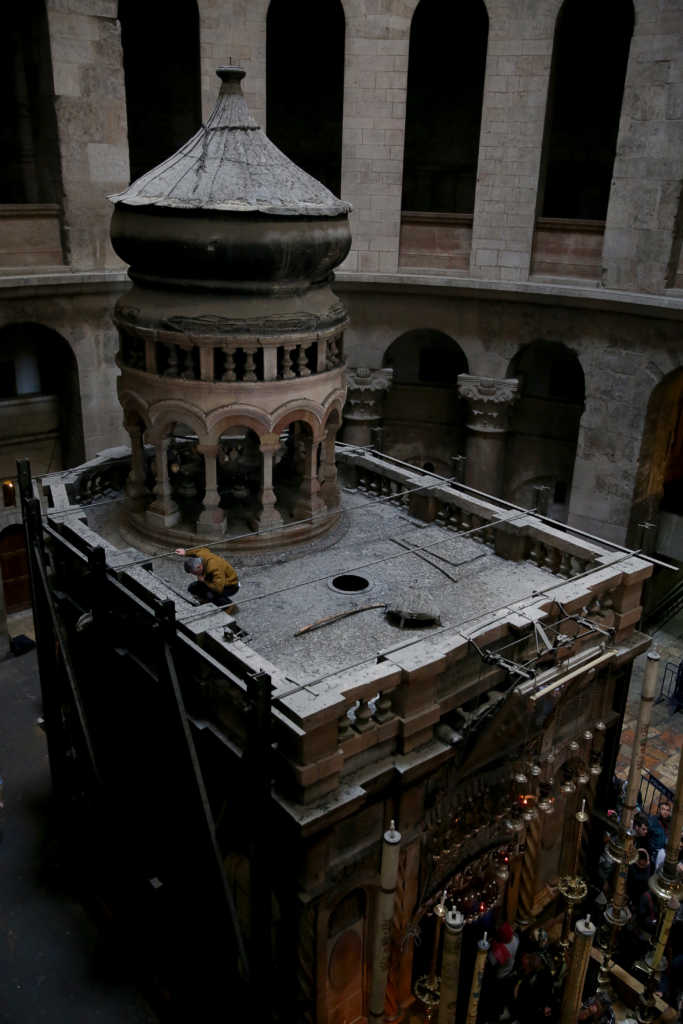The excitement is palpable as researchers feverishly peel back the layers and study the site where it’s traditionally believed Jesus was buried.
“My knees are shaking” said National Geographic archaeologist Fredrik Hiebert, who has been working with a team of restoration experts attempting to remove a layer of marble that has protected the inner most tomb for centuries.
#Jesus' Tomb Opened for First Time in Centuries https://t.co/PRSQFxuuKJ pic.twitter.com/B2JiTgKUd6
— Live Science (@LiveScience) October 29, 2016
Initial inspections only revealed a small layer of fill material, but as work continued the crew began to make some incredible discoveries. A marble slab, possibly from the crusade era, and the original limestone that it has covered for hundreds of years were uncovered.
Take a look inside what is traditionally considered the tomb of Jesus Christ https://t.co/1Qrv7LSEjr
— National Geographic (@NatGeo) October 30, 2016
More from National Geographic:
“I’m absolutely amazed. My knees are shaking a little bit because I wasn’t expecting this,” said Fredrik Hiebert, National Geographic’s archaeologist-in-residence. “We can’t say 100 percent, but it appears to be visible proof that the location of the tomb has not shifted through time, something that scientists and historians have wondered for decades.”
In addition, researchers confirmed the existence of the original limestone cave walls within the 18th-century Edicule, or shrine, which encloses the tomb. A transparent window has been cut into the southern interior wall of the shrine to expose one of the cave walls.
There is, of course, dispute of whether or not this is the actual burial site of Christ. Some, including Catholics, believe it is – but many others believe it’s somewhere else such as the Garden Tomb.
Regardless, this uncertainty doesn’t minimize the current work being done. There’s still a ton we can learn from the artifacts being studied.
“All of this is perfectly consistent with what we know about how wealthy Jews disposed of their dead in the time of Jesus,” says (Jodi) Magness. “This does not, of course, prove that the event was historical. But what it does suggest is that whatever the sources were for the gospel accounts, they were familiar with this tradition and these burial customs.”
See the stunning pictures and read the full story HERE.



